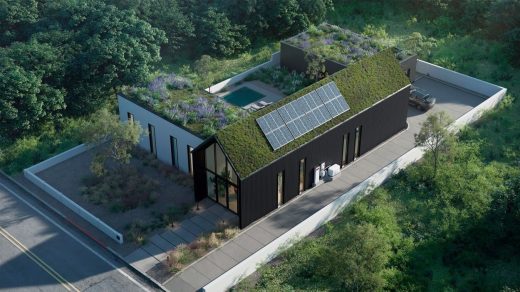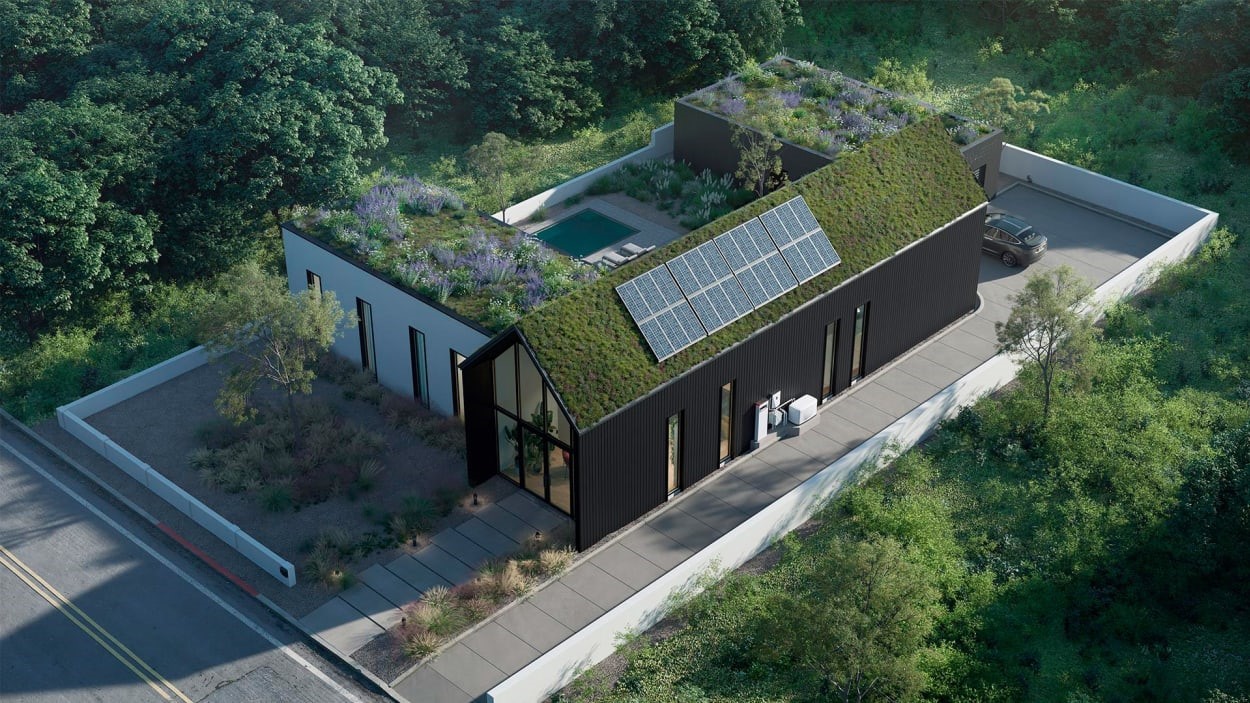Why hardware is the missing piece to solving the climate tech puzzle
As climate founders and investors, it is our responsibility to take bold and calculated risks in order to drive meaningful change and make a significant impact on reducing carbon emissions.
While software companies have traditionally been the focus of venture investment in the tech sector, it’s time for us to emphasize a different approach. Hardware companies, or those that design and manufacture physical products, have the potential to make even greater strides in the fight against climate change.
But why should we take “moonshots” on hardware companies, rather than software? The answer is simple: Hardware has the ability to drastically reduce carbon emissions on a much larger scale.
Robert Smith, VP of technology at Greensoil PropTech Ventures and head of Greensoil Building Innovation Services, emphasizes the pivotal role of hardware in sustainability efforts. He states:
“While software can leverage data analytics to forecast and identify energy and carbon emission reduction opportunities, it’s hardware that translates these insights into action. For instance, implementing hardware controls within building systems empowers owners and operators to enhance equipment efficiency, leading to decreased energy and water usage.”
In his position at the venture firm, Smith not only evaluates potential investments but also facilitates the integration of products from GSPV portfolio companies into real-world real estate assets.
According to Michael Beckerman, CEO at CREtech Climate, “The real estate industry must prioritize investment in hardware solutions if it hopes to make meaningful progress in reducing its carbon footprint.”
Despite high levels of investment in climate tech, too much of these funds are being poured into software solutions, while hardware startups are left behind. Michael Beckerman adds: “To decarbonize the global real estate industry, experts estimate that it will cost $20 trillion between now and 2050.”
Aaron Toppston, managing partner at GS Futures, shares:
“The construction and real estate industry operates in the physical space. Efficiency in financing and operations is important, but our core economic value is the built environment which every industry depends on to access the global economy. It is a narrow viewpoint to not recognize and engage in technologies that can have the most meaningful impact to the assets we deliver.”
Nish Patel, managing partner at Inertia VC (who is an investor in my company Zauben) highlights:
“It’s important to understand that buildings are currently responsible for 39% of global energy-related carbon emissions. Unlike software startups, which often have a low carbon footprint, hardware startups can have a substantial environmental impact through the products they create. Venture investors increasingly realize how critical of a role they play in reducing the barriers for hardware innovation.”
From solar panels and wind turbines to energy storage solutions, hardware companies are leading the charge in the transition to a clean energy future. And with the global demand for renewable energy expected to triple by 2040, there has never been a more critical time to invest in these technologies.

But it’s not just in the energy sector where hardware can make a difference. According to a recent report by the United Nations, the construction industry accounts for 39% of global carbon emissions, with building materials and transportation being the leading culprits.
Innovative 3D printing companies such as Mighty Buildings are utilizing sustainable materials and optimizing the construction process to reduce emissions. According to the company, Mighty Buildings’s 3D printing technology can reduce material waste by up to 99% compared to traditional construction methods, making it a vital component of any strategy aimed at reducing carbon emissions in the construction industry.
Alexey Dubov, cofounder and COO at Mighty Buildings, shares, “The new wave of hardware and material engineering startup companies is vital for the development of new solutions that can help mitigate the impacts of climate change. Creative solutions, from smart materials to smarter grids and energy-efficient systems in the built environment, are already making us question the old standards of efficiency.”
Sam Ruben, cofounder and sustainability advisor at Mighty Buildings and a Zauben investor, shares that “with recent advances in building operations, energy efficiency codes, and greening of energy supplies, the embodied upfront carbon of a new building is quickly becoming the majority of its impact.” Ruben says that, given this, they are seeing a growing wave of regulations seeking to reduce the embodied carbon of new construction, such as the Local Law 97 and the Buy Clean Initiative.
“To achieve these reductions,” Ruben says, “it is critical that new materials and construction processes are developed. These are physical things that require hardware to unlock the needed productivity and economics to ensure economic as well as environmental viability.”

3D-printed homes are a big step forward, but nature-based tech is also advancing. In the future, our homes and cities will be living, breathing structures thanks to new building materials. That’s where living walls and green roofs come in. These nature-based climate technologies not only absorb carbon dioxide from the air, but they also provide a range of other benefits, including improved air quality, reduced energy costs, and enhanced biodiversity.
For example, a report in Nature suggests “greening 35% of the EU’s urban areas could reduce CO2 emissions by as much as 55.8 million tons annually.” As the green construction market is expected to grow to a projected $774 billion by 2030, it’s clear that these technologies are an essential piece of the puzzle in our efforts to decarbonize our cities and combat climate change.
So, as climate investors, it’s time to ask ourselves: Are we truly making the most impactful investments we can? Are we willing to take moonshots on hardware companies that have the potential to reduce carbon emissions on a global scale?
The answer should be a resounding yes. Let’s not shy away from the risk and embrace the opportunity to make the change we need in the fight against climate.
(7)



